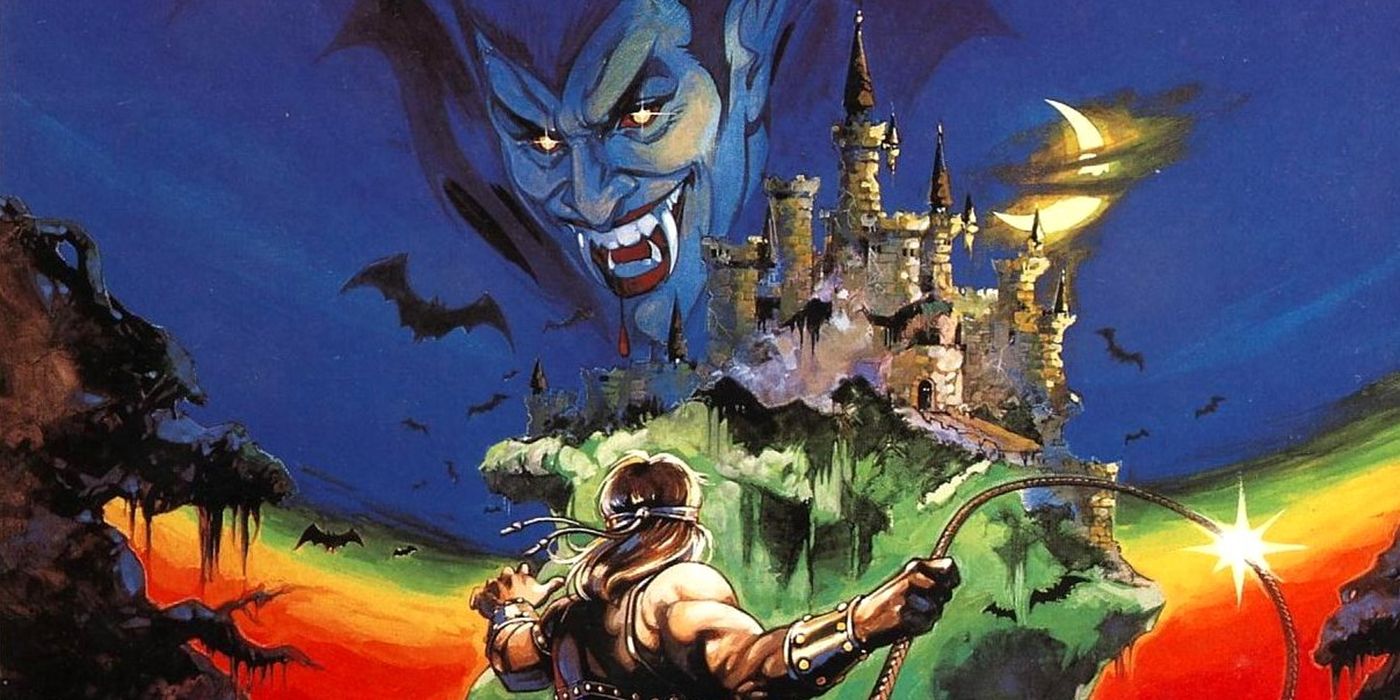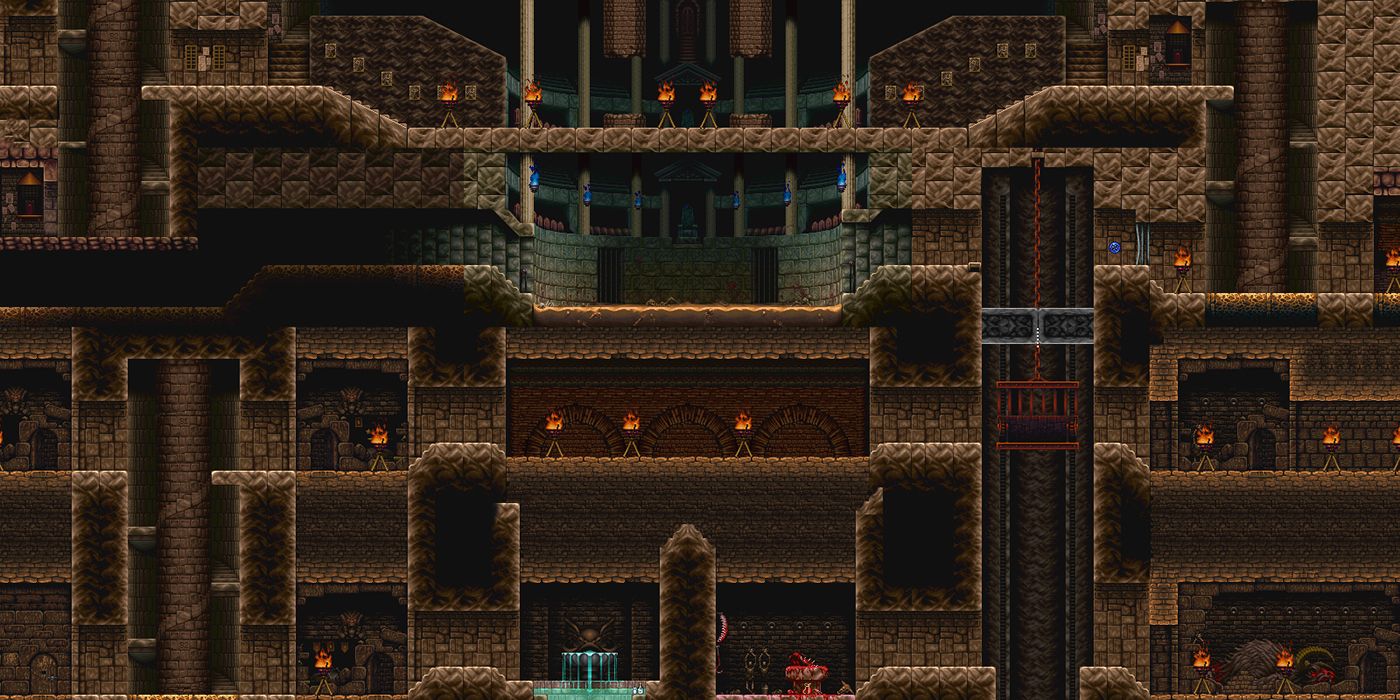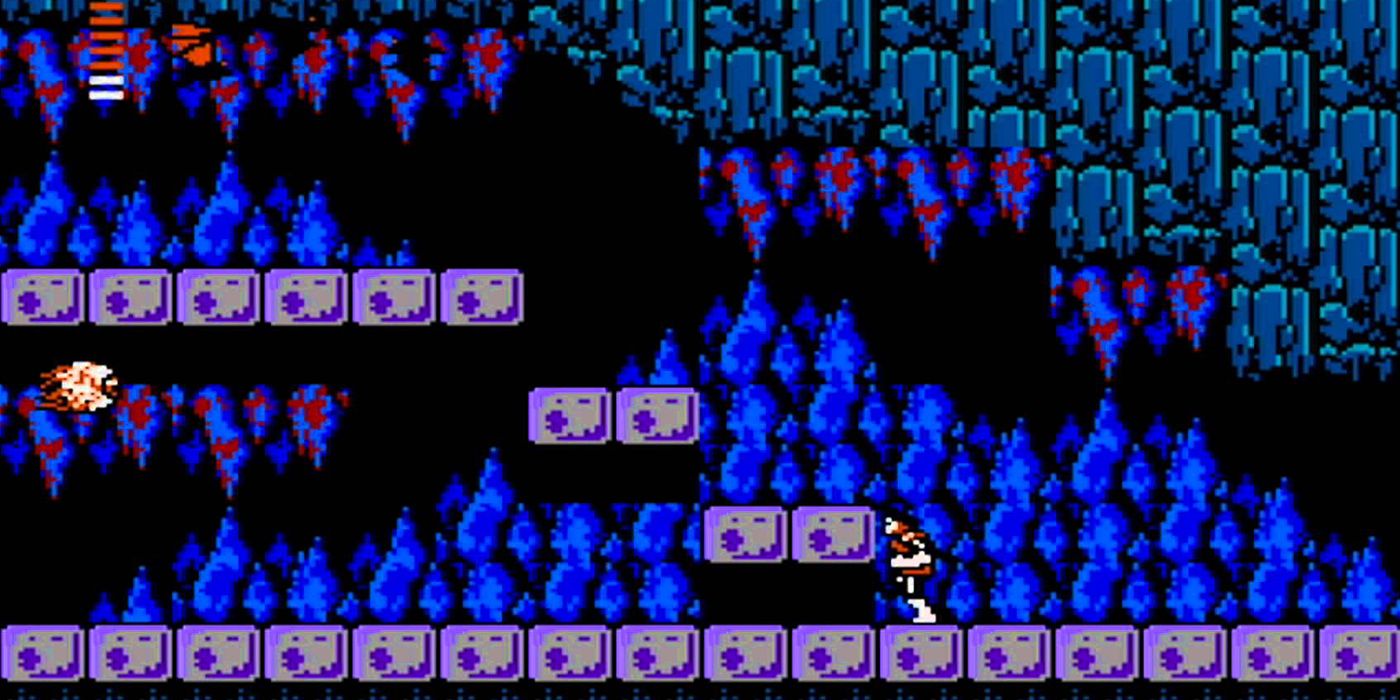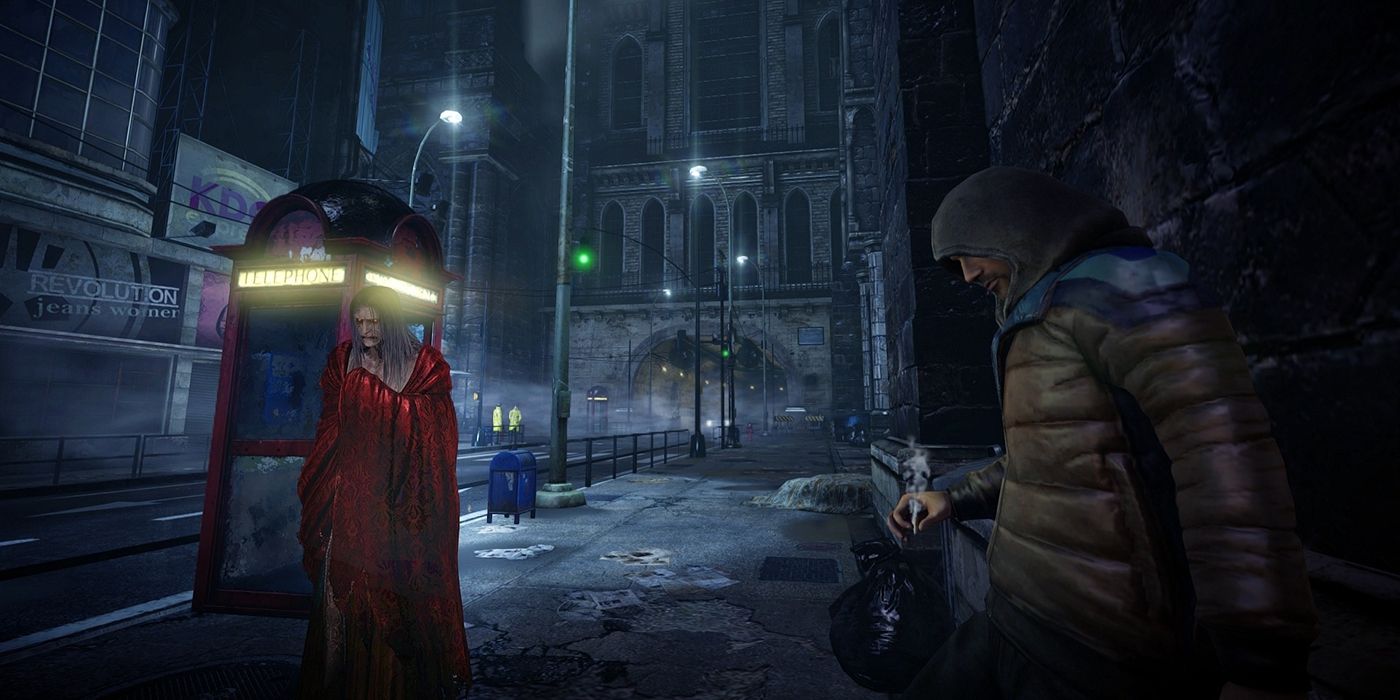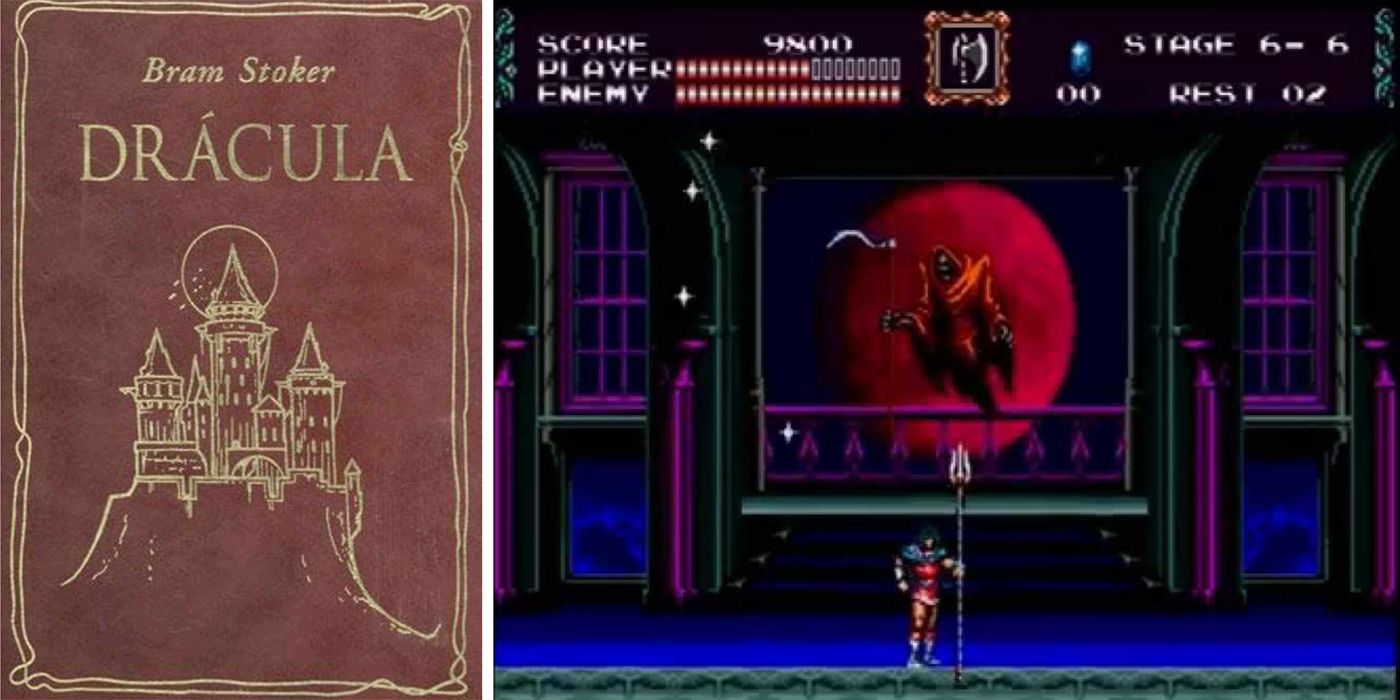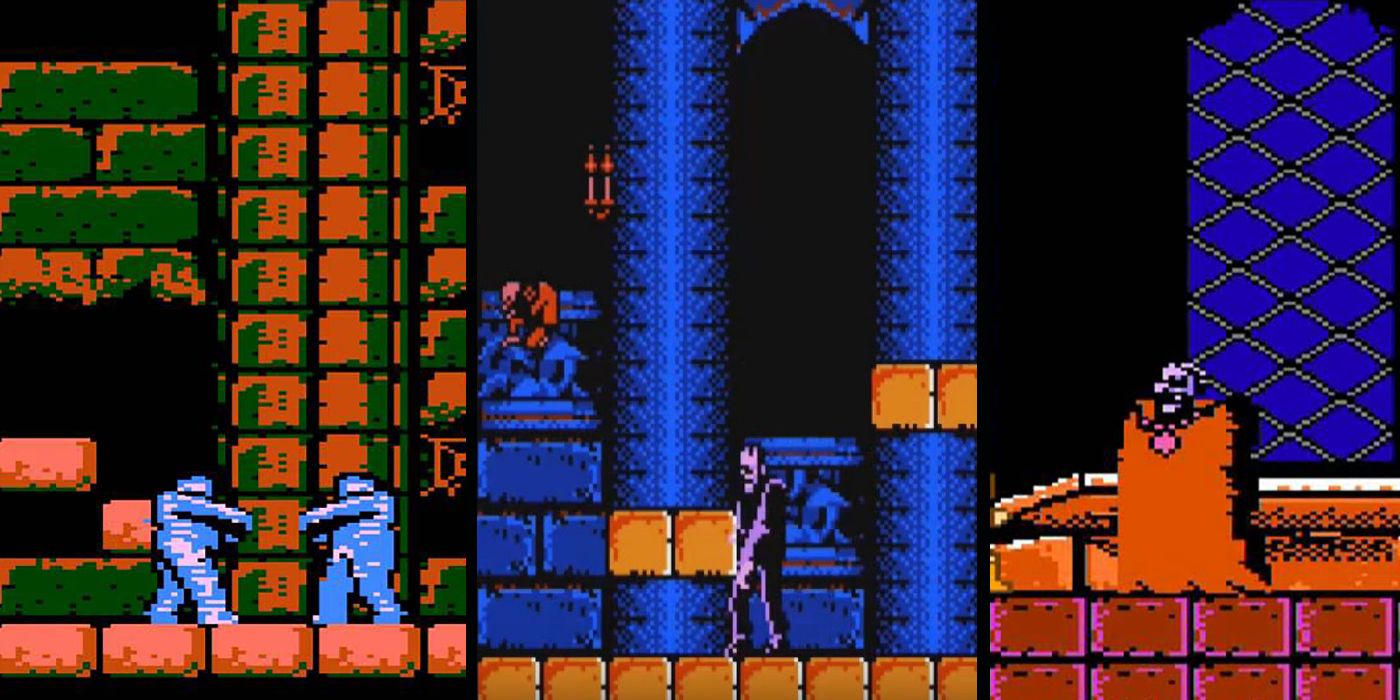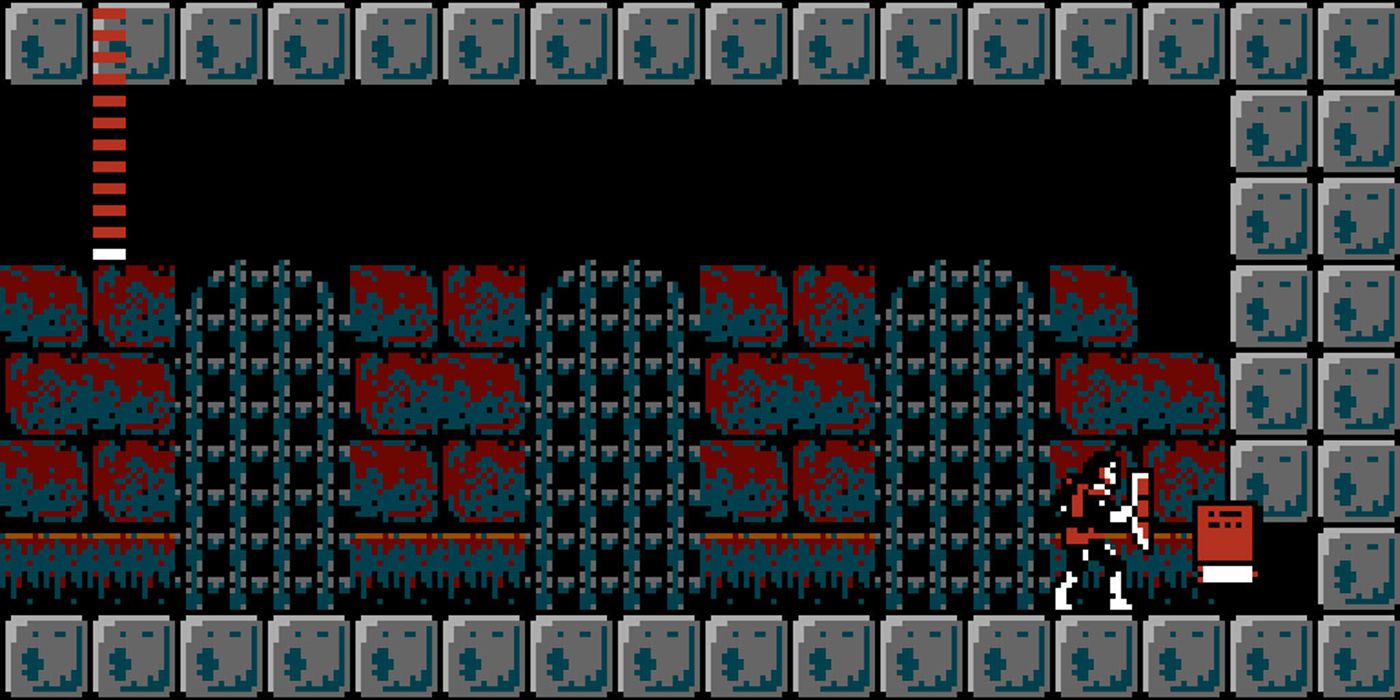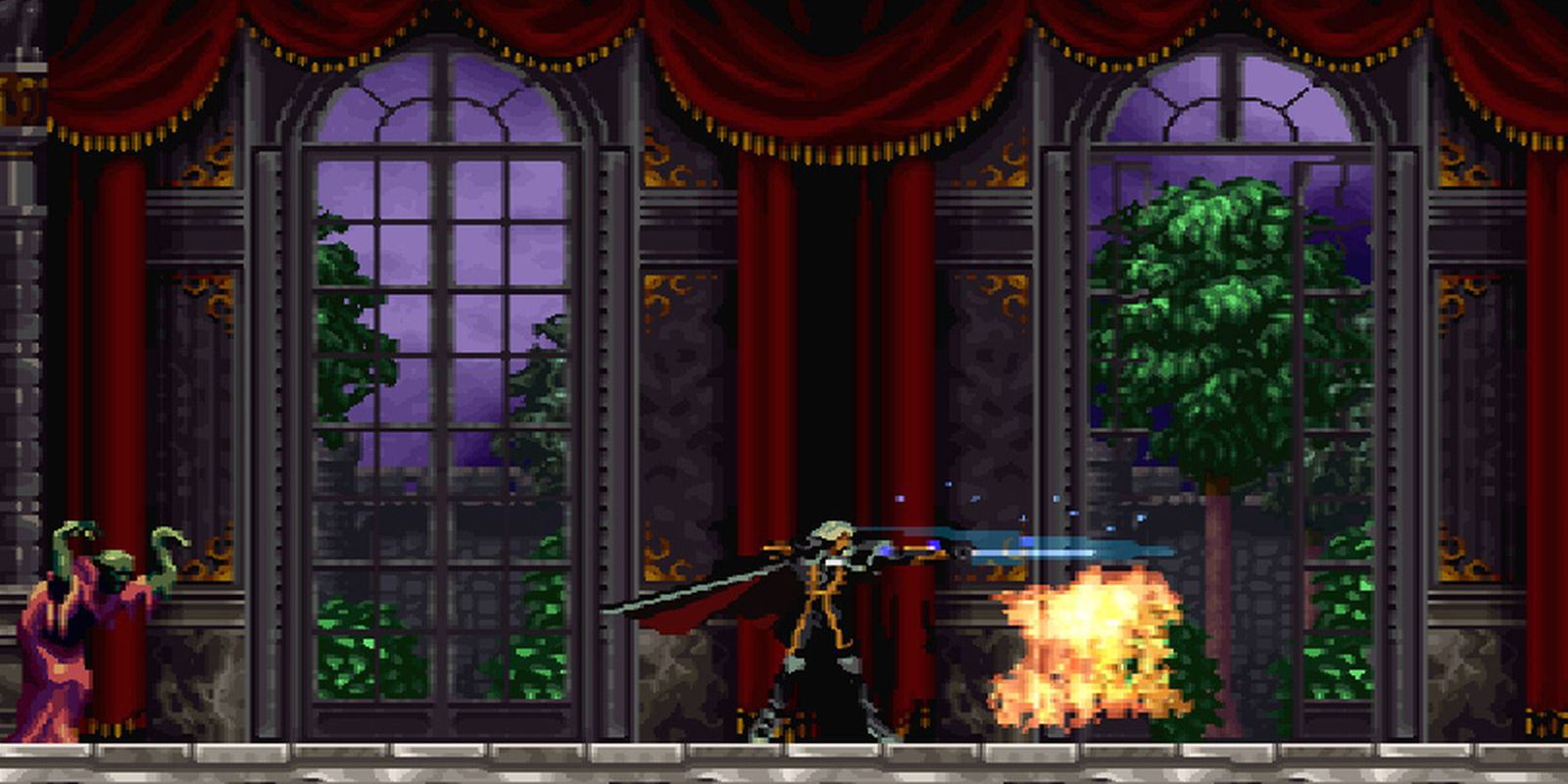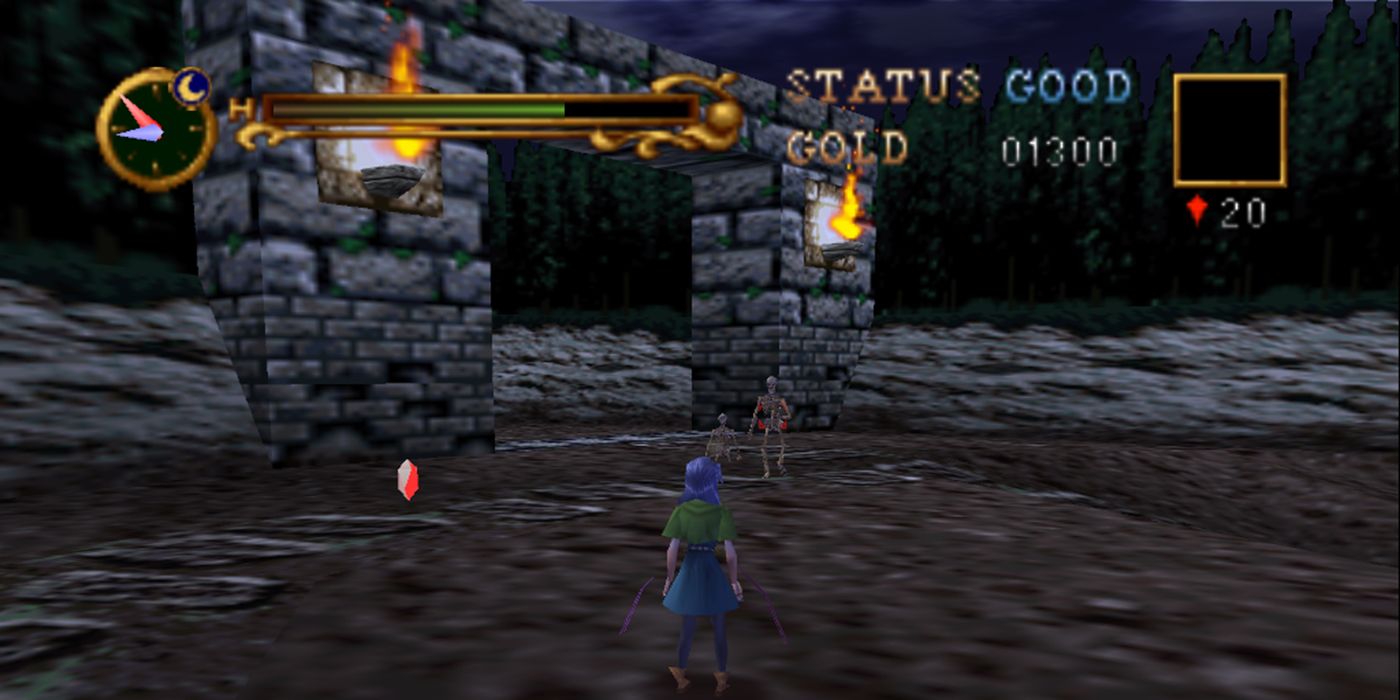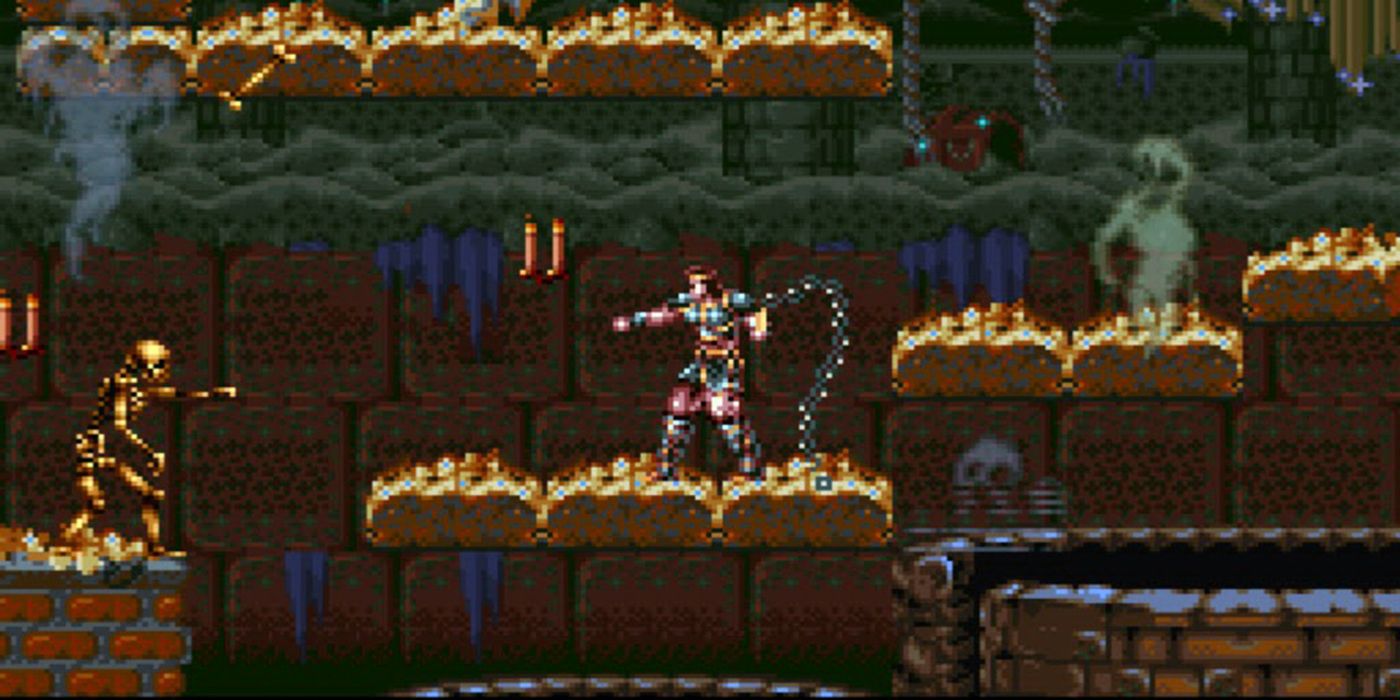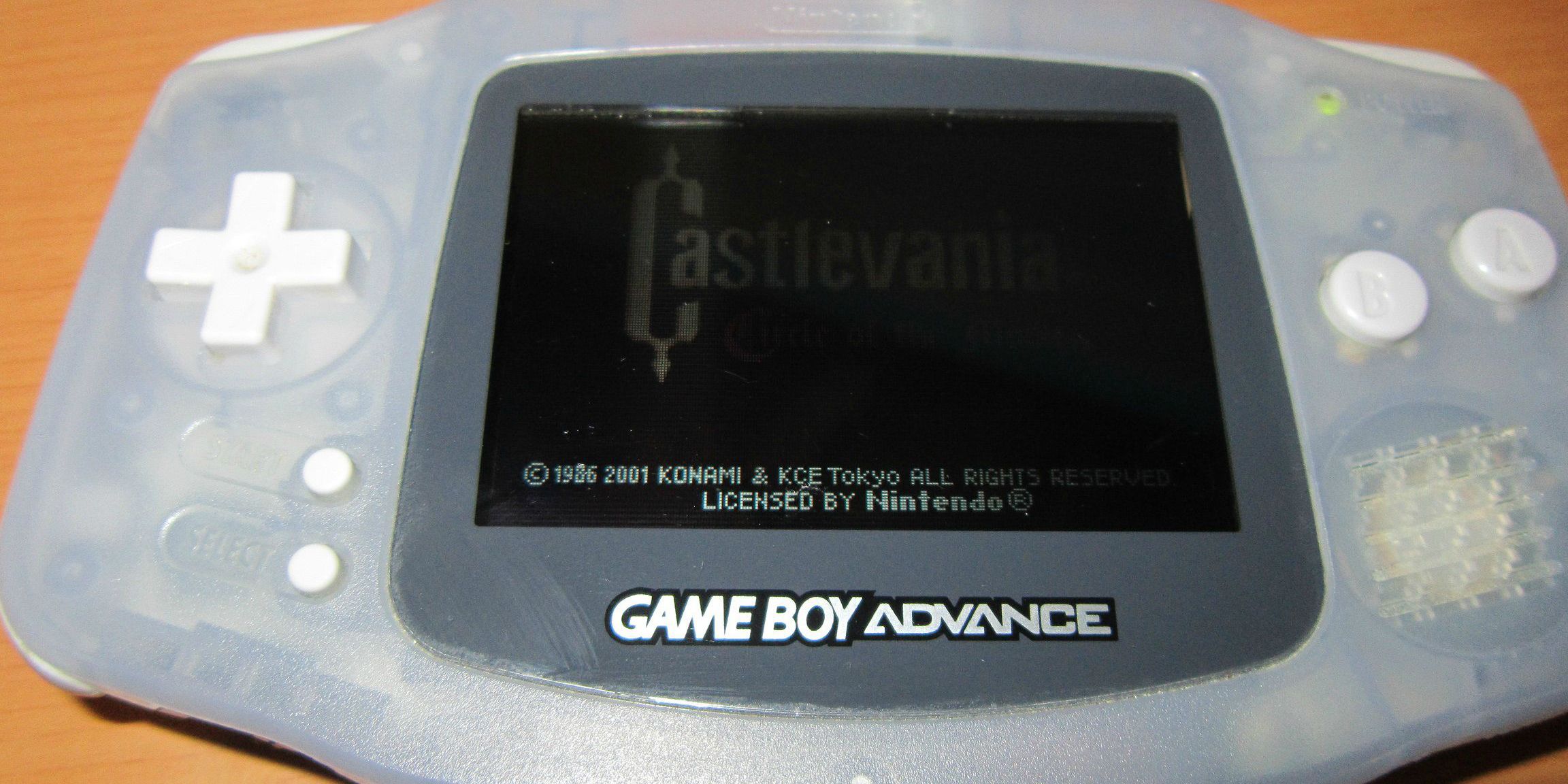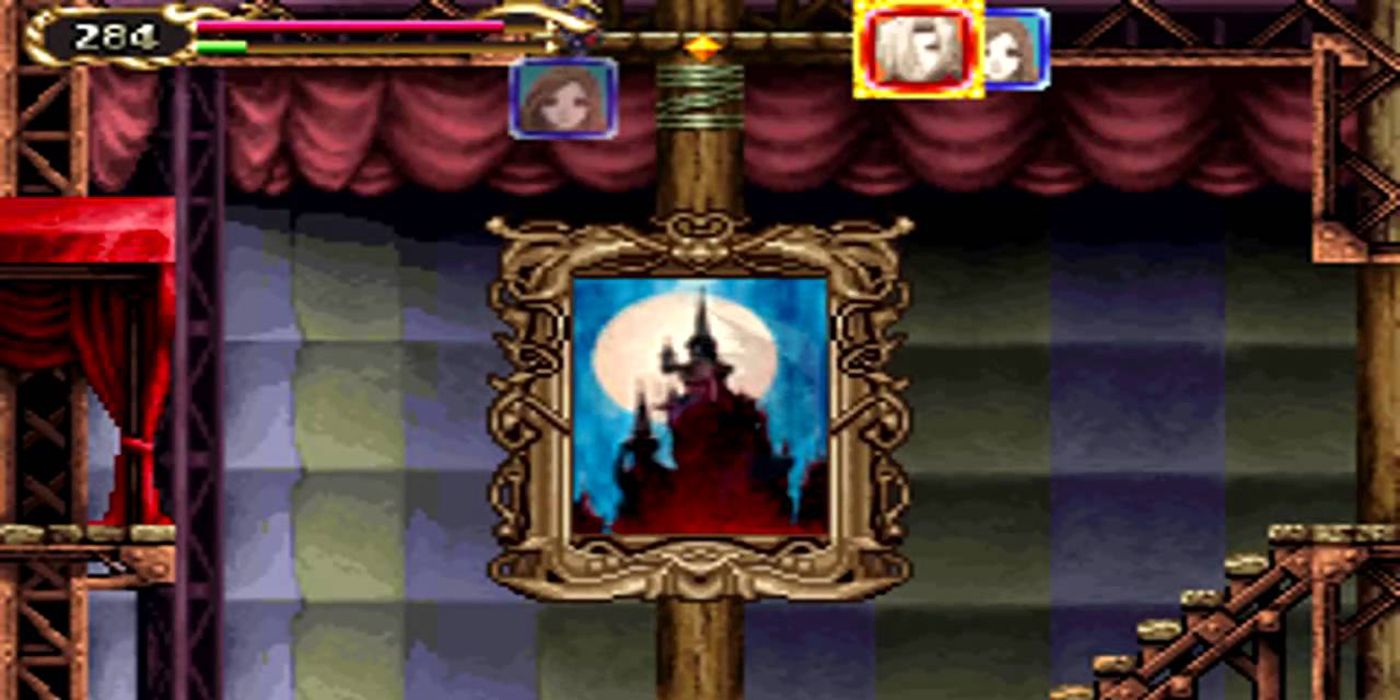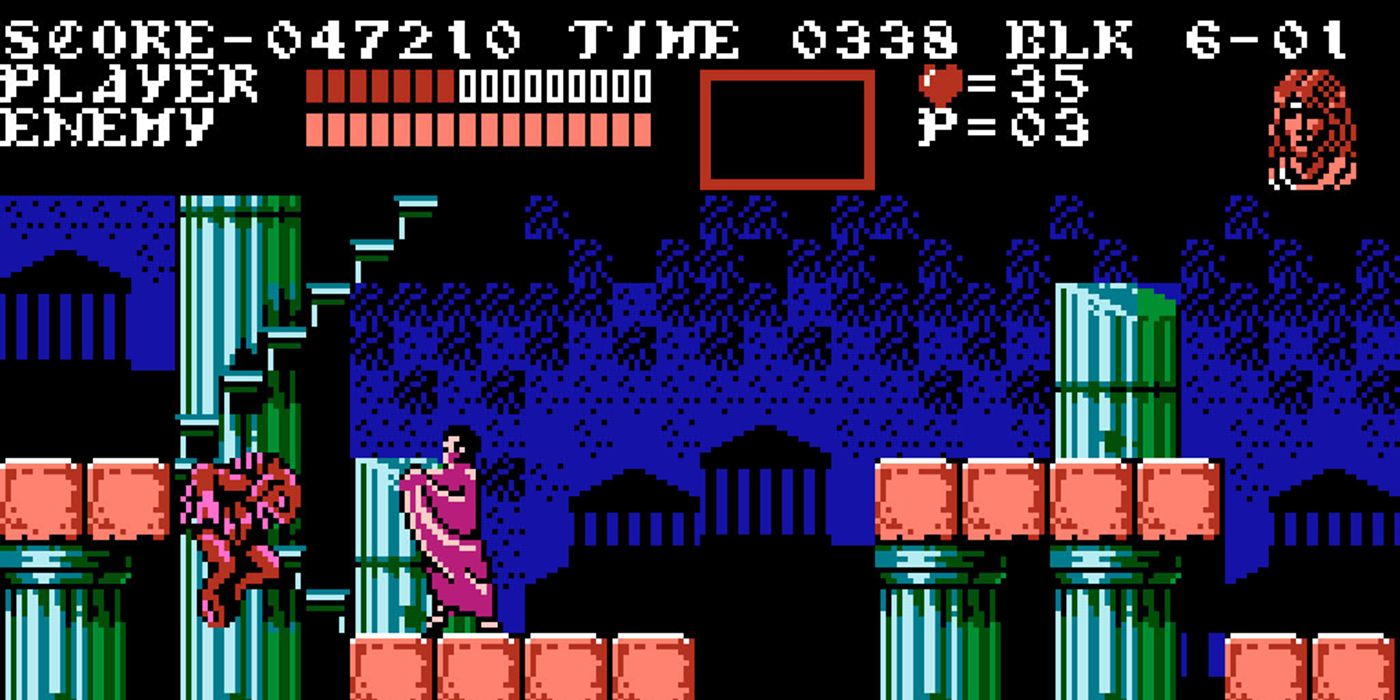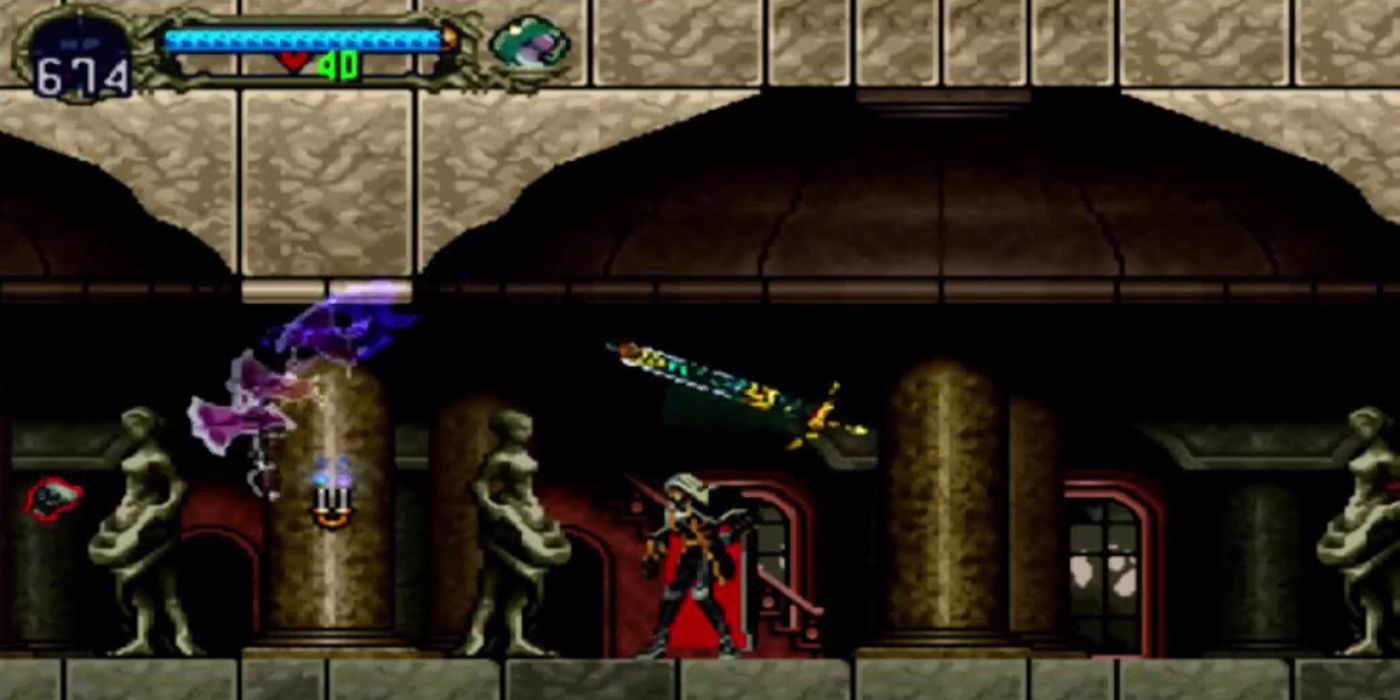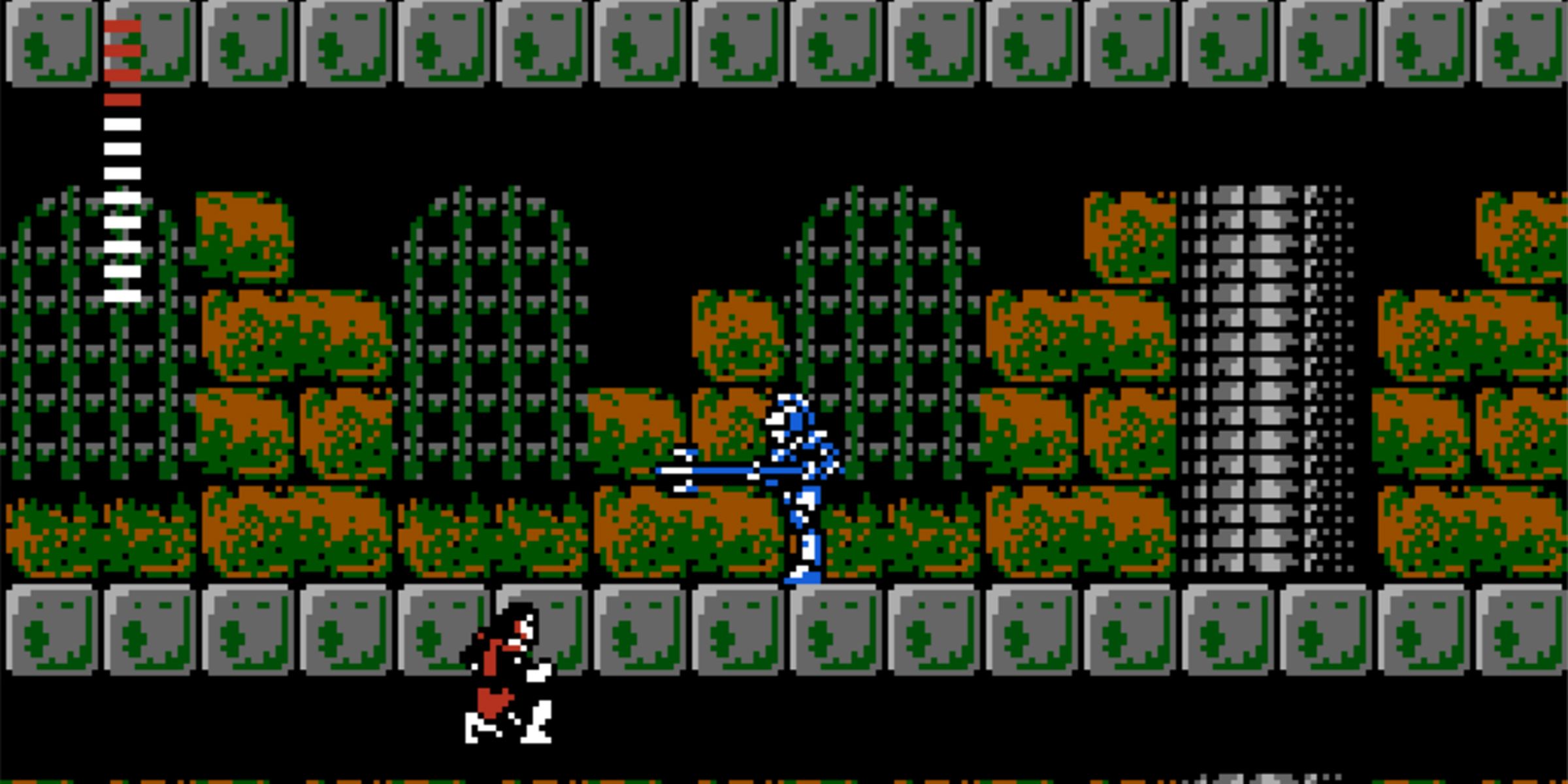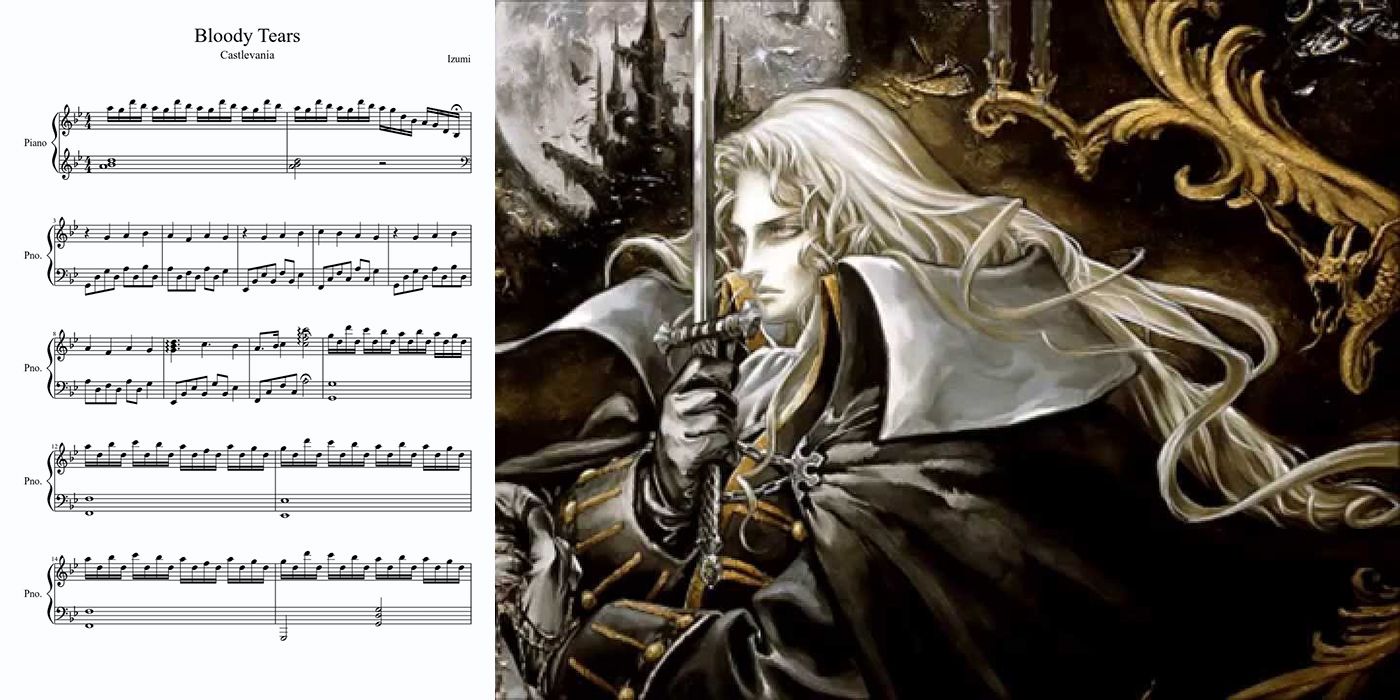Netflix surprised everyone with the recent announcement that it was producing a new animated series based on "Castlevania." Better still, the early reports all sound really promising. The first two episodes are being penned by Warren Ellis (of "Transmetropolitan" and "Nextwave" fame). Also, showrunner Adi Shankar has demonstrated a healthy respect for the source material, and is committed to making the new series the first good video game adaptation in the western world.
RELATED: 15 Video Game Adaptations That Netflix Needs To Make
It's a good thing the man in charge is excited about the source material because, let's be honest, Castlevania is awesome. Ever since its debut on the original NES, the series has constantly pushed the medium of video games forward. From difficult-yet-satisfying 2D platforming to branching, open-world level design, the series was always finding new ways to challenge players. With the new series on the way, it's the perfect time to remember what made the Castlevania series so great.
15 IT DID METROID BETTER THAN METROID
The "Metroid" series might be Nintendo's most neglected franchise. Even though it has a vocal, passionate fanbase, new games in the series are few and far between. After three well-received games on the NES, Game Boy and SNES, the series was dormant for a long time. Samus Aran made an appearance in "Super Smash Bros.," but a true Metroid game was nowhere to be found on the Nintendo 64.
Gamers wanting a similar experience had to look to the Sony PlayStation and "Castlevania: Symphony of the Night." Ditching the straightforward level progression of most previous Castlevania games, "Symphony of the Night" opted for a Metroid-style design. As Alucard, players explored a gigantic sprawling castle, unlocking new abilities and acquiring powerful weapons that allowed him to progress further. It was, in everything but name, a Metroid game. Moreover, it was a better Metroid game than anything Nintendo had put out. The large selection of loot and weapons allowed players to customize their play-style, and the vampire abilities added a fun new dimension to the experience. The game was so successful, it spawned multiple sequels and established an entire genre: the Metroidvania.
14 NEVER AFRAID TO EXPERIMENT
The first "Castlevania," while a fantastic game, was not unlike many other NES platformers. It was on the harder side, to be sure, but it was ultimately a straightforward experience. You walked from left to right whipping enemies and performing precise platforming maneuvers. As fun as it was, it was standard 1980s 2D action game stuff. When it came time to make a sequel, Konami decided to try something new.
"Castlevania II: Simon's Quest," was not the most well-received game in the series. No matter how you feel about the game, you can't deny that there was nothing else like it on the NES. "Simon's Quest" gave players an open world that relied on them to solve complex puzzles to get through. Not many other games were doing that in 1987. It was frustrating and downright unfair at times, but Konami went for it with this game in a way that no one else ever had. It may not have been entirely successful, but the developers were willing to do something different and experimental with only the second game in a new series. That's admirable no matter how you look at it.
13 ITS STORY SPANS CENTURIES
How many video game series can claim that they consistently put out games for more than 30 years, which, for the most part, all fit into one coherent timeline? Sure, there were a few remakes and non-canonical entries over the years, but most of the main series tells one continuous story about a family of vampire hunters. Chronologically, the first game ("Castlevania: Lament of Innocence," released for PlayStation 2 in 2003), takes place in 1094, and chronicles the transformation of bitter mortal Mathias into the immortal vampire Dracula. The last game, chronologically, takes place in the far-flung future of 2036. (That would be 2005's "Castlevania: Dawn of Sorrow" for the Nintendo DS.)
The Castlevania series is a sprawling historical fantasy that chronicles the eternal battle with Dracula. Most of the games follow the exploits of the Belmont family of vampire hunters. Passing down the Vampire Killer whip from generation to generation, they defeat Dracula every time he's resurrected by the forces of evil. That happens a lot. Throughout history, a mysterious castle appears somewhere in the world, and it's up to someone to put a stop to it (usually a Belmont, but sometimes a Morris, Cruz or even Dracula's own son).
12 STOKER'S DRACULA IS CANON
Since the entire game series is about fighting Dracula, it would be strange if it completely ignored the character's literary origin. It would have been easy to put an offhand reference into one of the games and call it a day. Konami didn't take the easy way out, and instead made an entire game, 1994's "Castlevania: Bloodlines" on the Sega Genesis, designed to fit Bram Stoker's 1897 novel into the timeline.
Instead of a Belmont, "Bloodlines" stars John Morris, son of Quincey Morris. Fans of 19th-century Gothic horror will recognize that name as one of Lucy's suitors in "Dracula." He helped kill Dracula at the end of the book, though he doesn't make it out alive. According to the game, Quincey was a descendant of Trevor Belmont. At some point, the Vampire Killer was given to the Morris family and John used it to prevent Dracula's resurrection in "Bloodlines." The Morris family's role doesn't end there either. In 1944 (2006's "Castlevania: Portrait of Ruin" on the Nintendo DS), John's son Jonathan took up the whip to defeat a vampire named Brauner, who claimed Dracula's castle for his own.
11 CLASSIC HORROR VILLAINS
You don't even need to be a fan of "Castlevania" to know that it has players fighting the most famous vampire of all time. In fact, the original Japanese title of the series is "Dracula." What you might not know is that he isn't the only classic horror villain the game lets players fight. When the original NES game came out in 1986, it wasn't yet part of a complex century-spanning lore. It was just a cool Gothic horror-themed 8-bit action platformer. Dracula may have been the final boss, but he was not the only horror icon to make an appearance.
The fun starts in level two, which puts you up against The Mummy. Well, two mummies to be specific. While they can do some decent damage, they're pushovers if you have holy water. The third level has you fighting Frankenstein's monster and Igor. While the monster is slow, Igor leaps around the screen, drastically increasing the difficulty of the fight. The penultimate level has you fight Death, arguably the true enemy of every horror movie. He's fast and has a far-reaching attack that, depending on who you ask, makes him an even tougher foe than Dracula.
10 A UNIQUELY DARK TONE
Nintendo has long been a family-friendly company. When the NES first came out in the west, the video game crash of 1983 was still fresh in everyone's minds. Instead of marketing the system as a video game console, the NES was sold as a toy. With the system aimed squarely at children, most of the games released needed to be child-friendly as well. Nintendo was infamous for removing any references to alcohol, tobacco, religion or realistic violence from any game released in North America.
"Castlevania" may have been fantasy, but its dark horror setting made it stand out from the bright colors of the usually kid-friendly NES. Most games on the console are bright and colorful. Even punishingly difficult games like "Mega Man" featured large, cartoony sprites and colorful backgrounds. "Castlevania," though it may not look like much compared to the terrifying horror games of today, stood out for its scary nature. Even if it wasn't jump-out-of-your-skin scary, it was certainly a much more serious take on horror than "Fester's Quest" or even "Ghosts 'n' Goblins." Plus, images like hanging bodies or even overt religious symbols were definitely surprising in an NES game.
9 PERFECT 2D IN A 3D WORLD
During the 32/64-bit era, 3D graphics were pretty much all anyone cared about. Nintendo wrote the book on 3D action games with "Super Mario 64" and "The Legend of Zelda: Ocarina of Time." Over on the PlayStation, 3D spectacles like "Tomb Raider" and "Final Fantasy VII" were taking over the world. Meanwhile, the Castlevania series proved that more powerful systems could make 2D games even better. "Castlevania: Symphony of the Night" was everything you wanted from a 2D castlevania game. It had a massive mysterious castle to explore, fast-paced platforming and a showdown with Dracula himself. It set the standard by which all future Castlevania games were judged.
Over the years, Konami got even better at making 2D Castlevania games. While there were a couple of ill-advised forays into 3D, their best work lived on the Game Boy Advance and Nintendo DS. "Castlevania: Circle of the Moon" was a must-play for early adopters of the GBA, but the next two games blew it away. "Castlevania: Harmony of Dissonance" proved a "Symphony of the Night" style game could fit on the GBA, and "Castlevania: Aria of Sorrow" improved on the formula, becoming one of the system's best games. Even in the mid-2000s, when 3D games had long been the standard, Castlevania was at its best as a portable 2D adventure.
8 EVEN ITS WORST WERE OK
You can't have a series run continuously for almost 30 years without making a few missteps along the way. Even Mario and Zelda have those Phillips CD-I games no one likes to talk about. Castlevania definitely has a few duds in its lineup, mostly in its attempts at bringing the series into the third dimension. There's a reason Konami made 2D Castlevania games for so long. The series just didn't translate well to 3D. Their most notable attempts were on the Nintendo 64. "Castlevania 64" and "Castlevania: Legacy of Darkness" both came out the same year, meaning both had the same glaring issues.
It's easy to forget that these games weren't terrible. Sure, if you go back to them now, they don't hold up, but neither does any other early 3D action game from that time period. The worst you can say about either Nintendo 64 Castlevania game is that they're just kind of generic. There's nothing new or special about them. They steal the targeting from "Zelda," but don't execute it well. Other than that, it's hard to find something truly bad about either game. The same goes for the series's later attempts at 3D on the PlayStation 2. They're just boilerplate action games. The real problem is they aren't as good as "Symphony of the Night." Konami did set the bar a little too high with that one.
7 WHIPS ARE THE BEST
Video games don't often get too creative when it comes to weapons. Nearly ever game has you fighting with either a gun or a sword, depending on the time period. Guns and swords are easy. Swords are rigid and move predictably. With guns, all you have to do is draw a straight line and see if it intersects with anything. Designing a game around swords or guns is less complicated than something as fluid as a whip. Even games with a large weapon selection rarely gives you a whip to play around with. You can use a sword, a dagger, an axe and maybe some kind of polearm if you're lucky.
The Castlevania series, on the other hand, is famous for its whips. The entire series is about killing vampires with a whip called Vampire Killer. In every game, the whip is front and center. And man, is it fun to use. Even in the early NES games, there was something so satisfying about whipping the monsters to death. It felt deliberate and powerful. It had such a long reach, you felt like nothing could touch you, even if that wasn't at all true. Maybe it's because we don't get to whip things in video games very often, but there's just something special about watching your weapon swing wildly over your character's head before turning a sentient skeleton to dust.
6 FOLKS BROKE CONSOLES TO PLAY IT
Let's talk about the original Game Boy Advance. The first model didn't have any kind of screen lighting at all. No back light, no side or front lights, nothing. The screen was incredibly dark and with the increasingly complex graphics it was capable of putting out, that was a problem. It was especially bad for "Castlevania: Circle of the Moon." It was hard to see anything on that screen in the first place, and "Circle of the Moon's" dark color palette made it almost impossible to tell when you were about to take a hit.
It's a testament to how good the game is that people were determined to play it despite that major flaw. If you were really serious about your Castlevania, you voided the warranty, opened up the system and installed your own backlight. It was a complicated process that required stripping and reconnecting a couple wires inside the system. If you didn't know what you were doing, you could forever destroy your console. Thankfully, Nintendo soon released the Game Boy Advance SP, which came with a built-in screen light. Even so, it's impressive that a Castlevania game was so good, gamers were willing to brick a $100 system to play it.
5 IT MADE SUPER MARIO 64 A HORROR GAME
If you're going to lift ideas from somewhere, it might as well be from one of the best games ever made. "Super Mario 64" set the standard for every 3D platformer that came after it. One of its most memorable elements was how it divided up the levels. Unlike the straightforward progression of previous Mario games, "Mario 64" gave you a hub from which you entered different open levels by jumping into paintings. It was a cool way to let Mario roam freely around the world, while providing countless diverse environments to explore.
Someone at Konami really liked "Super Mario 64," and decided to apply that philosophy to a Castlevania game. The result was "Castlevania: Portrait of Ruin" for the Nintendo DS. The previous four Castlevania games had stuck to "Symphony of the Night's" formula. You explored a giant, sprawling castle and unlocked abilities that allowed you to progress further into it. "Portrait of Ruin" had that, but each section of the castle contained a painting. The paintings took you to a smaller, but still sizable open level, with a boss to defeat at the end of each. As fun as exploring one giant castle was, the environments started to feel the same after a while. The paintings allowed the level designers to take you to new places you wouldn't expect to find in a Castlevania game. Who knew a Gothic, twisted "Mario 64" was exactly what we were looking for?
4 MULTIPLE CHARACTERS
A lot of games feature multiple characters, but for the most part, the differences are cosmetic. One character might have a unique ability, but the basic action remains the same. No matter which character you choose in "Borderlands," for example, you spend most of your time shooting enemies as they charge at you.
Castlevania's characters feel completely different from one another down to their most basic attacks. When the series first introduced the idea of playing multiple characters in "Castlevania III: Dracula's Curse," the way you approached any given level changed depending on which ally you chose to take with you. Trevor Belmont played like any other Castlevania protagonist, attacking foes head on with a whip. Sypha had to approach things more carefully, as her basic attack wasn't as strong, but her elemental spells were much more powerful than anything Trevor could do. Grant Danasty added a new dimension to the game with his ability to climb up walls, and Alucard could attack from afar with fireballs and fly over obstacles as a bat. Depending on which character you played, the path you took through the level was entirely different. Games still have a hard time pulling this off now, and Castlevania was nailing it in 1989.
3 MASSIVE WEAPONS LIST
Even in the games where you only played as one character, you still weren't limited in how you wanted to play. Yes, no weapon is quite as fun as a whip, but if for some reason you got tired of that weapon, the later Castlevania games had no shortage of options to choose from. Older Castlevanias didn't offer this level of choice. You upgraded your whip and that was the main weapon until the end. The most you could do was switch out your secondary weapon between a dagger, axe, cross or holy water. Depending on what level you were playing, only one of those options was actually useful.
"Symphony of the Night," and every 2D Castlevania game that came after offered much more in the way of customization. Don't like the whip? How about a sword? These games had big swords, little swords, clubs, spears, axes, pretty much any kind of weapon you'd ever want to fight vampires with. They even had a selection of brass knuckles if you wanted to get up close and personal with the monsters before you tore them apart. As the 2D Castlevania games borrowed more elements from RPG's, your options for how you wanted to play the game only grew. There are RPGs coming out now that don't have this level of customization.
2 DARK SOULS BEFORE DARK SOULS
These days, "Dark Souls" has a massive, dedicated following. Fans of the series love its dark, oppressive atmosphere, its deliberate animations and its high level of challenge. The Castlevania series had all of that decades before the first "Souls" game ever saw the light of day. Unlike other platformers at the time, you couldn't change direction in midair. If you jumped, you had to commit. Likewise, your attack animation with the whip was longer than the guns, swords or fists of other video games. A poorly-timed whip could leave you vulnerable to attack. All of that forced players to consider their movements carefully. They had to time their attacks perfectly and really consider their next movement Does that sound familar, "Dark Souls" fans?
Another beloved feature of "Dark Souls" is that it places you in a large open world with little indication as to where you should go. It's easy to stumble into an area you are not at all prepared for... just like in "Castlevania II: Simon's Quest." That game puts you in a large (for its time) open world and asks you to figure out where to go yourself. Walk too far in either direction and you'll meet up with tough enemies that drain your life bar in two hits. If you get a Game Over, you don't go back to the beginning of the game either. You start right where you were when you died. The only consequence is you lose any hearts you were carrying. It's amazing how much "Dark Souls" is just a modernized "Simon's Quest."
1 BLOODY TEARS
The NES was home to a lot of great music. The ragtimey theme from "Super Mario Bros.," for example, is one of those songs that's instantly recognizable to anyone who was even aware of video games in the late '80s. The "Mega Man" series also had plenty of memorable tracks that are worth a listen even if you aren't playing the game. None of them compare to "Bloody Tears."
First heard in "Castlevania II: Simon's Quest," "Bloody Tears" has been rearranged for nearly every Castlevania game that came after it. It's one of the series' most recognizable tracks. One listen is all it takes to see why. The intro sounds like the beginning of a progressive metal song. It gets you pumped to explore the massive world and whip any monsters you come across. It's a good thing this song is so great, as it's the main overworld theme for the game. You're going to hear it a lot. Before long, you might even find yourself humming along to it. It may be the best chiptune track ever written. To hear something really special, check out the "Symphony of the Night" version of the song. It takes the 8-bit metal sound to its logical extreme, opening with a creepy piano that gives way to a face-melting guitar. No matter which version you listen to, "Bloody Tears" is still the track that all video game music should aspire to be.
What are your favorite parts of Castelvania? And are you ready for the Netflix series? Let us know in the comments!

